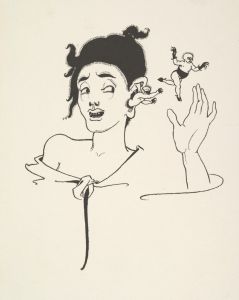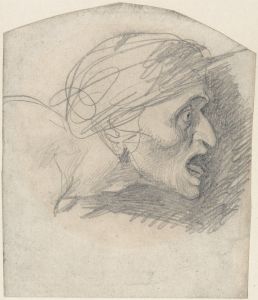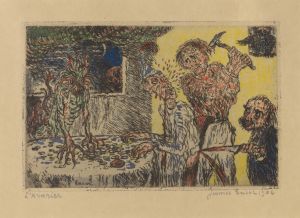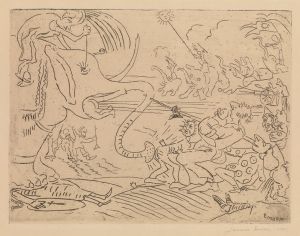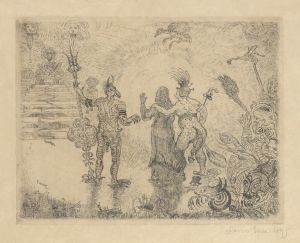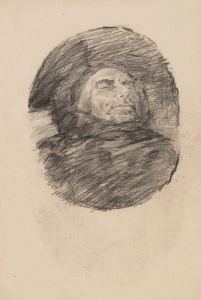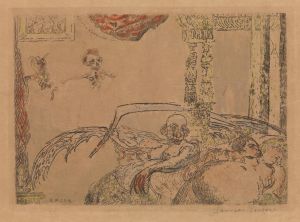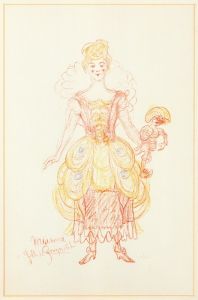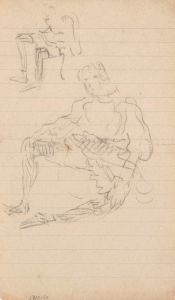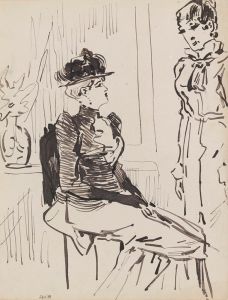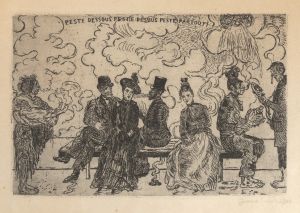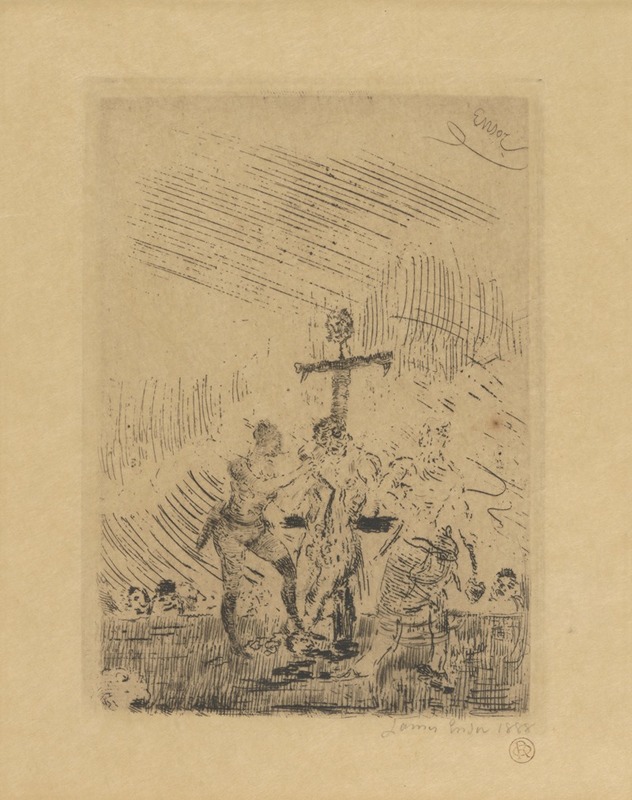
De gevilde
A hand-painted replica of James Ensor’s masterpiece De gevilde, meticulously crafted by professional artists to capture the true essence of the original. Each piece is created with museum-quality canvas and rare mineral pigments, carefully painted by experienced artists with delicate brushstrokes and rich, layered colors to perfectly recreate the texture of the original artwork. Unlike machine-printed reproductions, this hand-painted version brings the painting to life, infused with the artist’s emotions and skill in every stroke. Whether for personal collection or home decoration, it instantly elevates the artistic atmosphere of any space.
James Ensor, a prominent Belgian painter and printmaker, is known for his unique and often provocative style that combines elements of symbolism and expressionism. One of his notable works is "De gevilde" (The Flayed), which exemplifies his fascination with macabre and grotesque themes. Ensor's work often reflects his interest in exploring the darker aspects of human nature and society, and "De gevilde" is no exception.
James Ensor was born in 1860 in Ostend, Belgium, and spent most of his life there. He was a key figure in the Belgian avant-garde movement and was associated with the group Les XX (The Twenty), which was a collective of artists that sought to challenge the traditional art norms of the time. Ensor's work is characterized by its bold use of color, intricate detail, and often satirical subject matter.
"De gevilde" is a painting that showcases Ensor's distinctive style and thematic interests. The painting depicts a flayed figure, a subject that Ensor revisited in various forms throughout his career. This choice of subject matter reflects Ensor's fascination with the human body and its vulnerabilities, as well as his interest in themes of mortality and the grotesque.
Ensor's use of color in "De gevilde" is particularly striking. He often employed vibrant and contrasting colors to create a sense of drama and intensity in his works. This use of color can be seen as a reflection of his desire to evoke strong emotional responses from viewers. The painting's composition and the way Ensor renders the flayed figure demonstrate his skill in blending realism with fantastical elements, creating a work that is both unsettling and captivating.
Throughout his career, Ensor was influenced by a variety of artistic movements and styles, including Romanticism, Impressionism, and Symbolism. However, he developed a unique style that set him apart from his contemporaries. His work often includes elements of satire and social commentary, and he frequently used masks and skeletons as motifs to explore themes of identity, mortality, and the human condition.
"De gevilde" can be seen as part of Ensor's broader exploration of these themes. The painting invites viewers to confront the uncomfortable realities of the human experience, challenging them to consider the fragility of life and the inevitability of death. Ensor's ability to blend beauty and horror in his work has earned him a lasting place in the history of modern art.
James Ensor's legacy continues to be celebrated today, with his works held in major museums and collections around the world. "De gevilde" remains an important example of his innovative approach to art and his willingness to push the boundaries of traditional subject matter. Through his exploration of the grotesque and the sublime, Ensor has left an indelible mark on the art world, influencing generations of artists who followed in his footsteps.





